In recent years, one thing has been discussed more and more often among apple users - the transition of the iPhone to USB-C. Apple phones have relied on the proprietary Lightning connector since the iPhone 5, which arrived back in 2012. While Apple is clinging to its port, the whole world is switching to USB-C for almost all mobile devices. Perhaps only Apple stands out from the crowd. Even the latter had to switch to USB-C for some of its products, which is the case, for example, with MacBooks and iPads Air/Pro. But the way it looks, the Cupertino giant won't be able to resist the pressure from its surroundings for much longer and will have to retreat.
It could be interest you
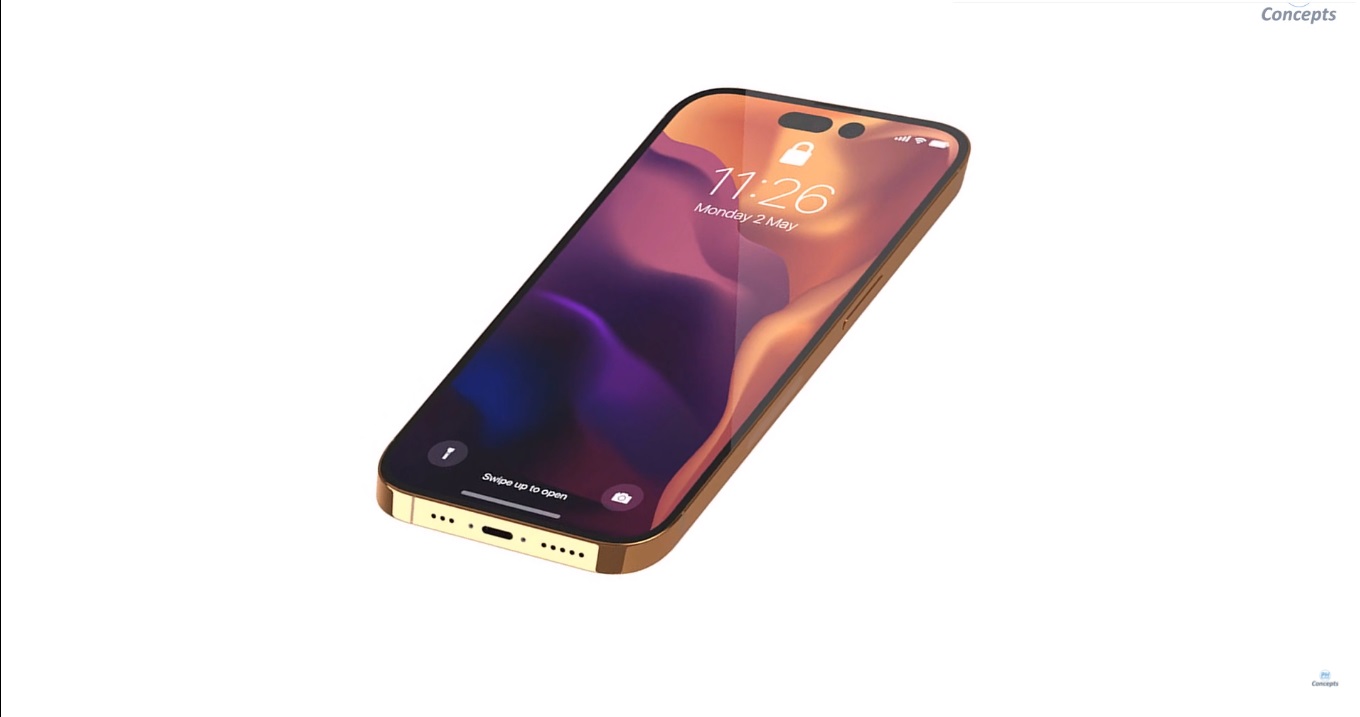
The transition to USB-C is mainly being pushed by the European Union, which wants to make this connector a kind of standard for practically all mobile devices. This is why USB-C could be mandatory for smartphones, cameras, headphones, speakers and more. For a long time there was also talk that the giant from Cupertino would prefer to take a completely different path and get rid of the connector completely. The solution was supposed to be a portless iPhone. But this plan probably won't come true, and that's why there are now rumors that Apple will use a USB-C connector on the iPhone 15. Is it actually good or bad?
Advantages of USB-C
As we mentioned above, the USB-C connector can be considered today's modern standard that dominates practically the entire market. Of course, this is no accident and it has its reasons. This port offers significantly higher transfer speeds, when using the USB4 standard it can offer a speed of up to 40 Gbps, while Lightning (which relies on the USB 2.0 standard) can offer a maximum of 480 Mbps. The difference is therefore noticeable at first glance and is certainly not the smallest. Although at the moment Lightning may still be more than enough, in addition to the realization that the overwhelming majority of people use cloud services such as iCloud and rarely reach for a cable, on the other hand it is necessary to think about the future, which is more under the thumb of USB-C .
Since it is also an unofficial standard, the idea that we could really use just one cable for all our devices is unlocked. But there is a minor problem with that. Since Apple is still sticking to Lightning, we can find it on a number of products, including AirPods. Solving this obstacle will therefore logically take time. We must also not forget to mention fast charging. USB-C can work with a higher voltage (3 A to 5 A) and thus provide faster charging than Lightning with its 2,4 A. Support for USB Power Delivery is also important. Apple users already know something about this, because if they want to charge their phones quickly, they can't do without a USB-C/Lightning cable anyway.

When comparing USB-C with Lightning, USB-C clearly leads, and for a rather fundamental reason. It is necessary to look ahead and take into account that the expansion of this connector will almost certainly continue in the future. In addition, it is already referred to as an unofficial standard and can be found practically everywhere, not only on mobile phones or laptops, but also on tablets, game consoles, game controllers, cameras and similar products. In the end, Apple may not even be making a wrong move when, after years, it finally backs away from its own solution and comes to this compromise. Although the truth is that it loses quite a bit of money from licensing Made for iPhone (MFi) accessories.
It could be interest you
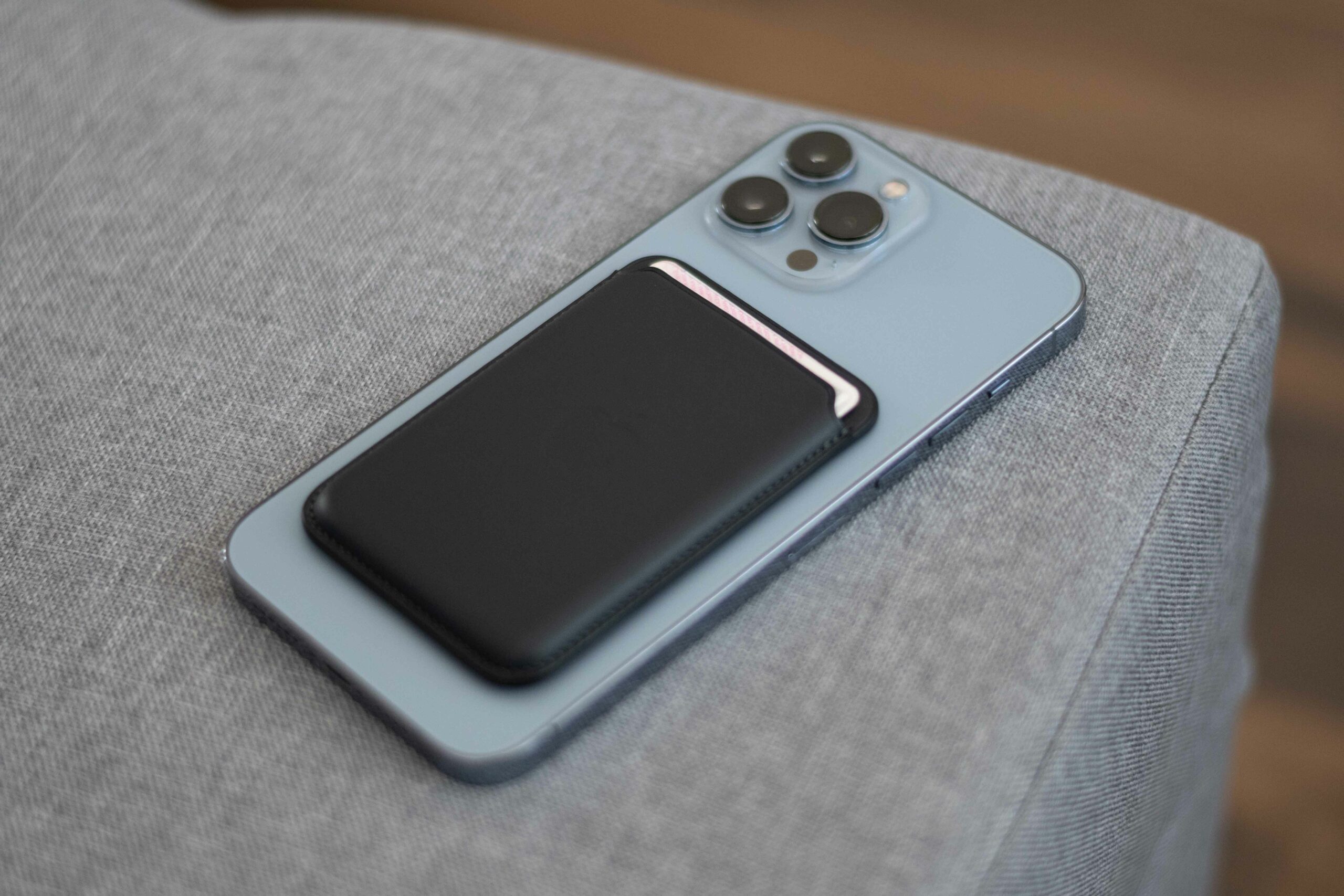
 Flying around the world with Apple
Flying around the world with Apple 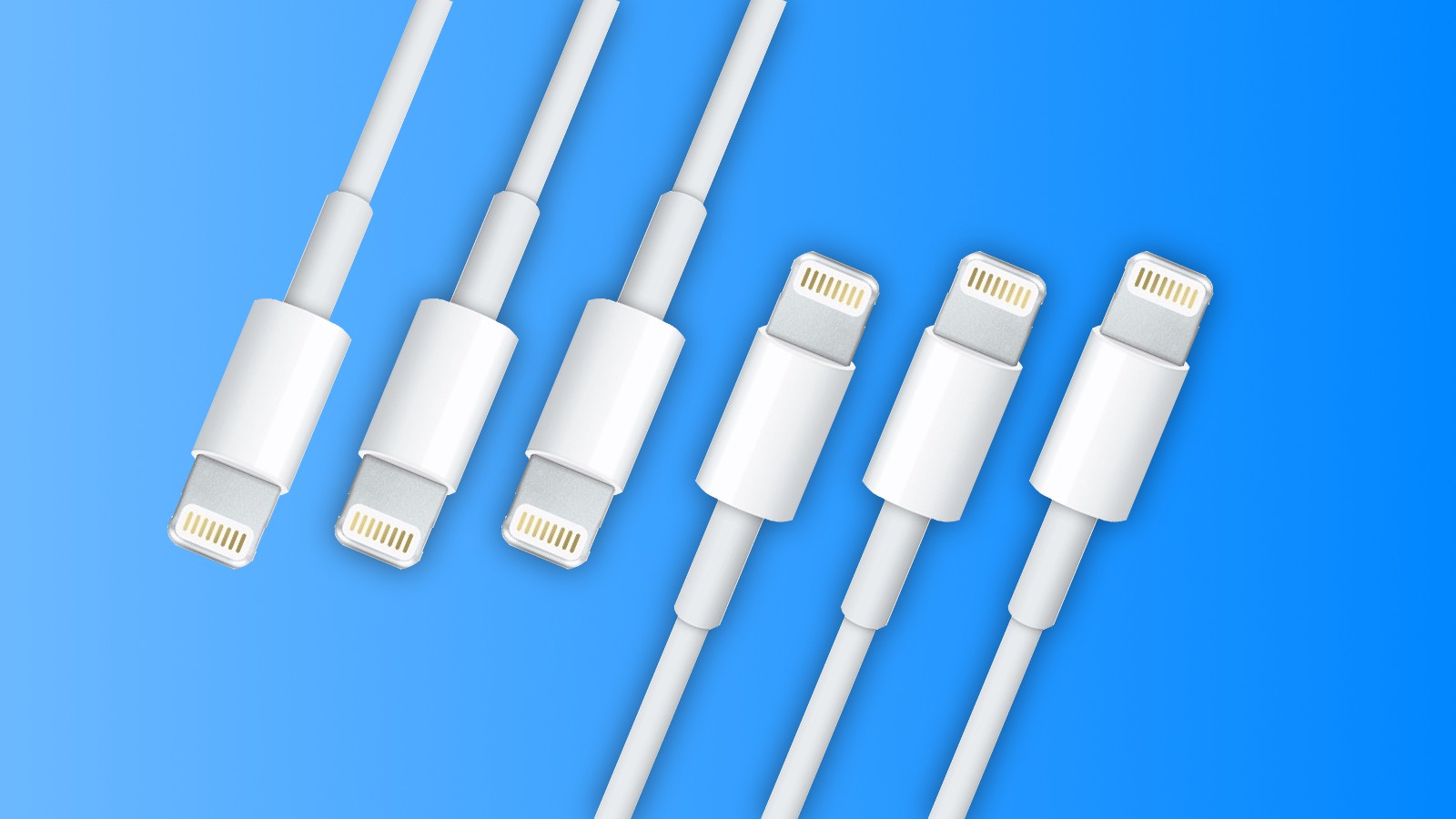
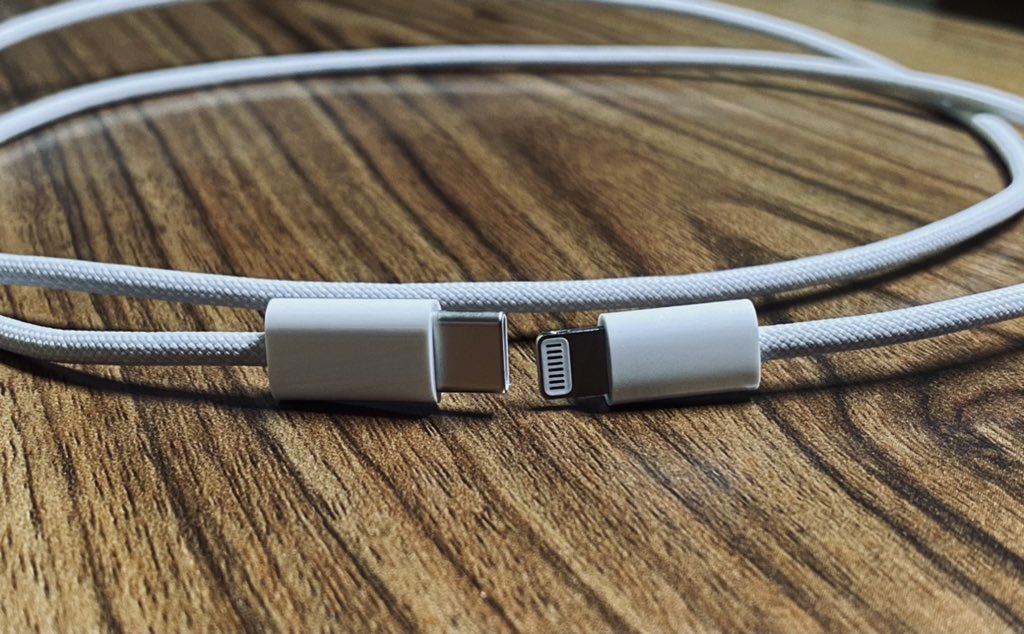
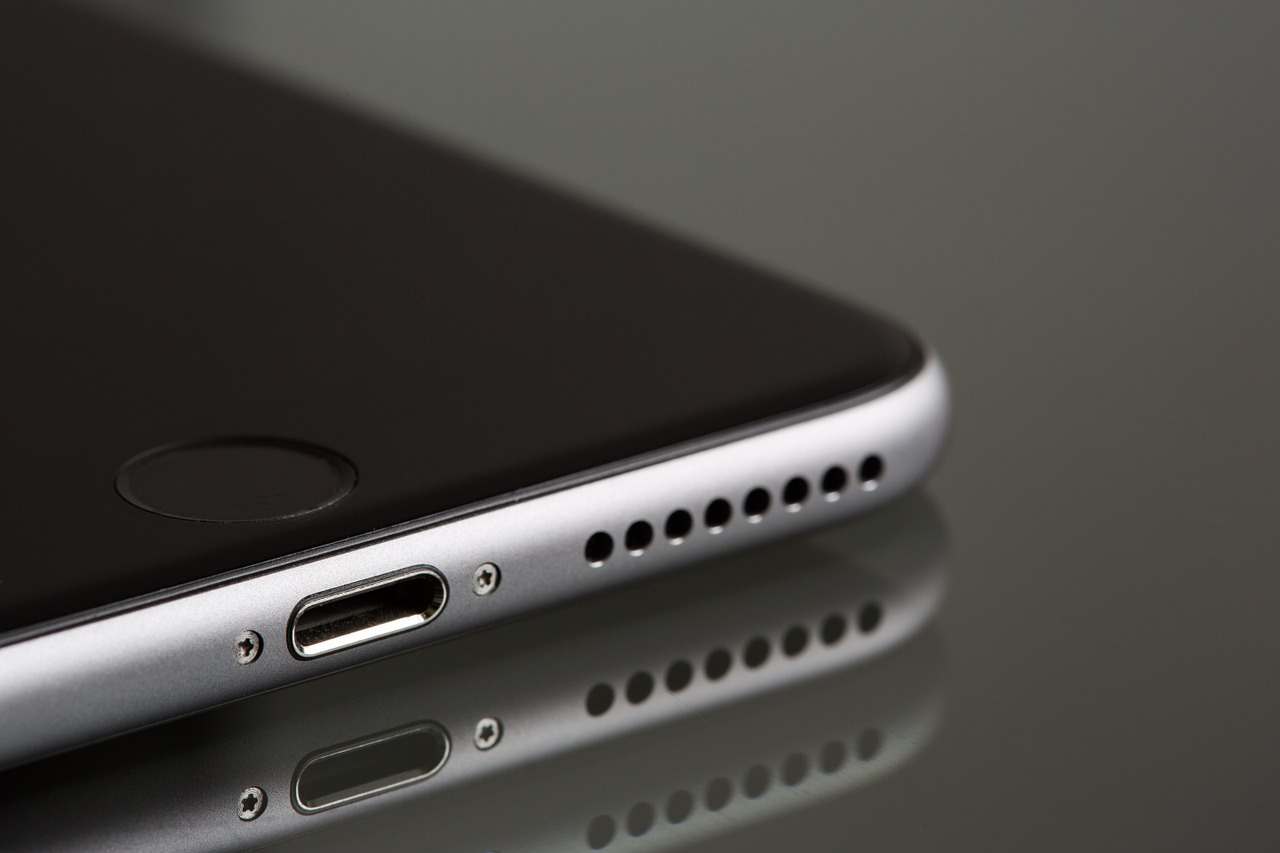
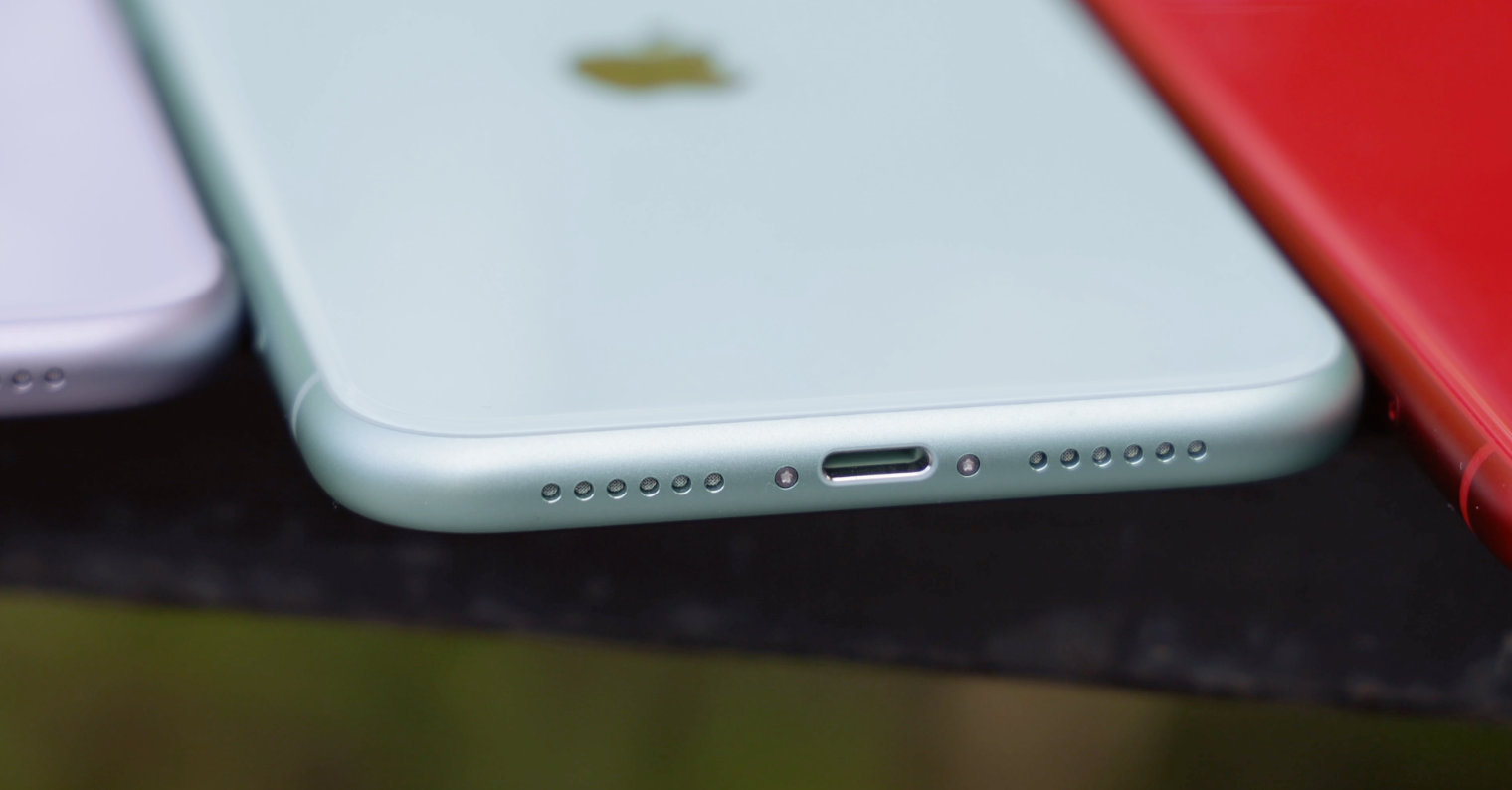
 Adam Kos
Adam Kos